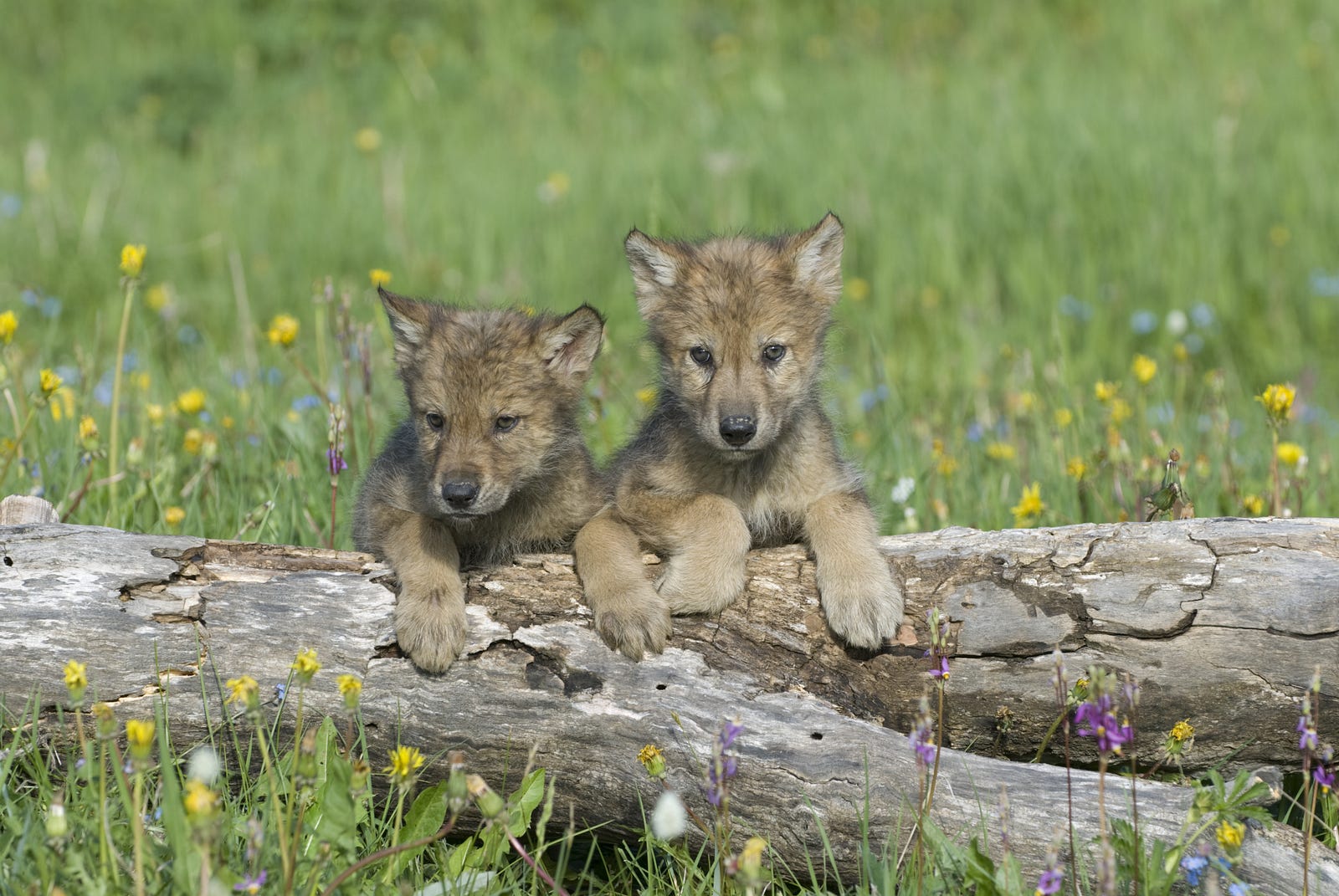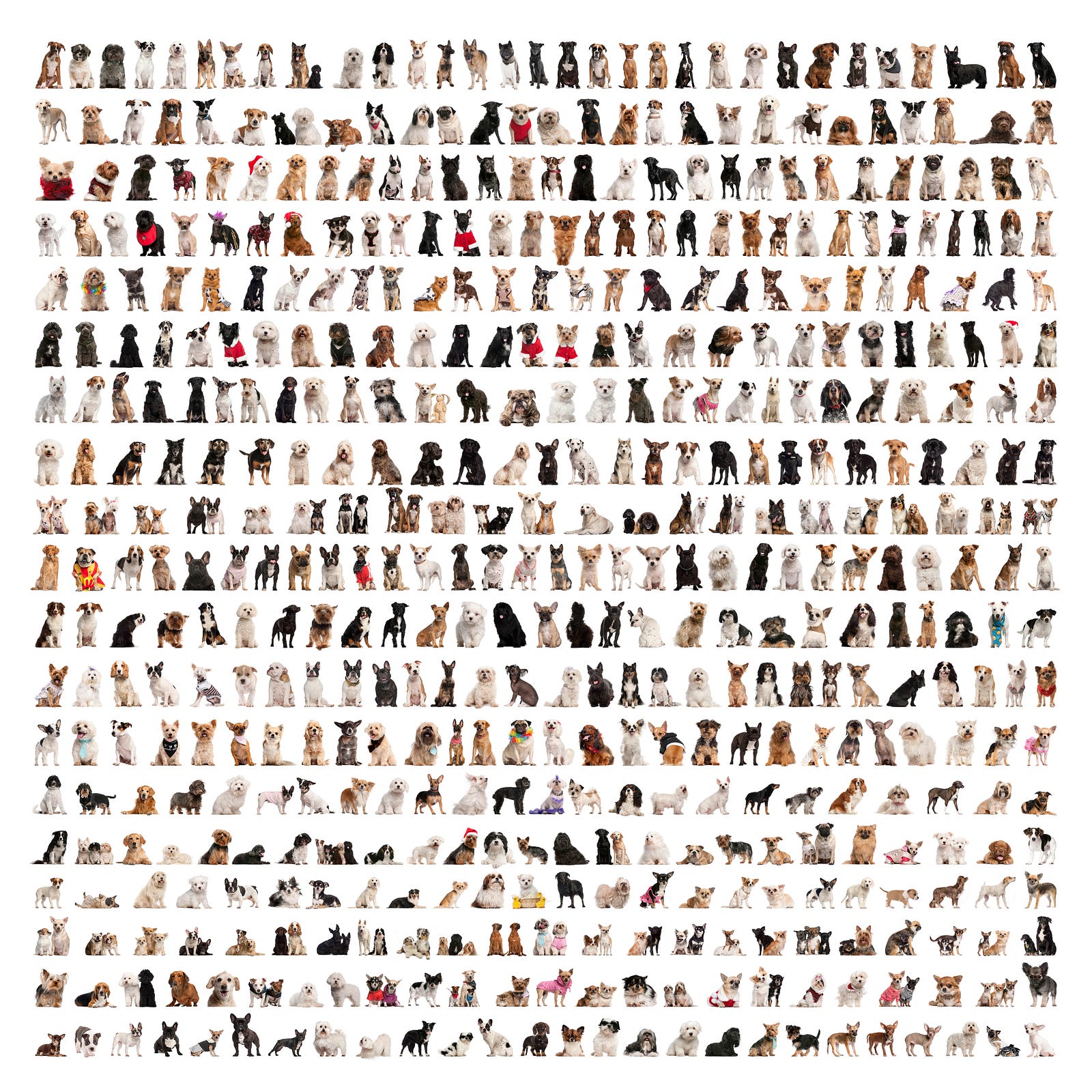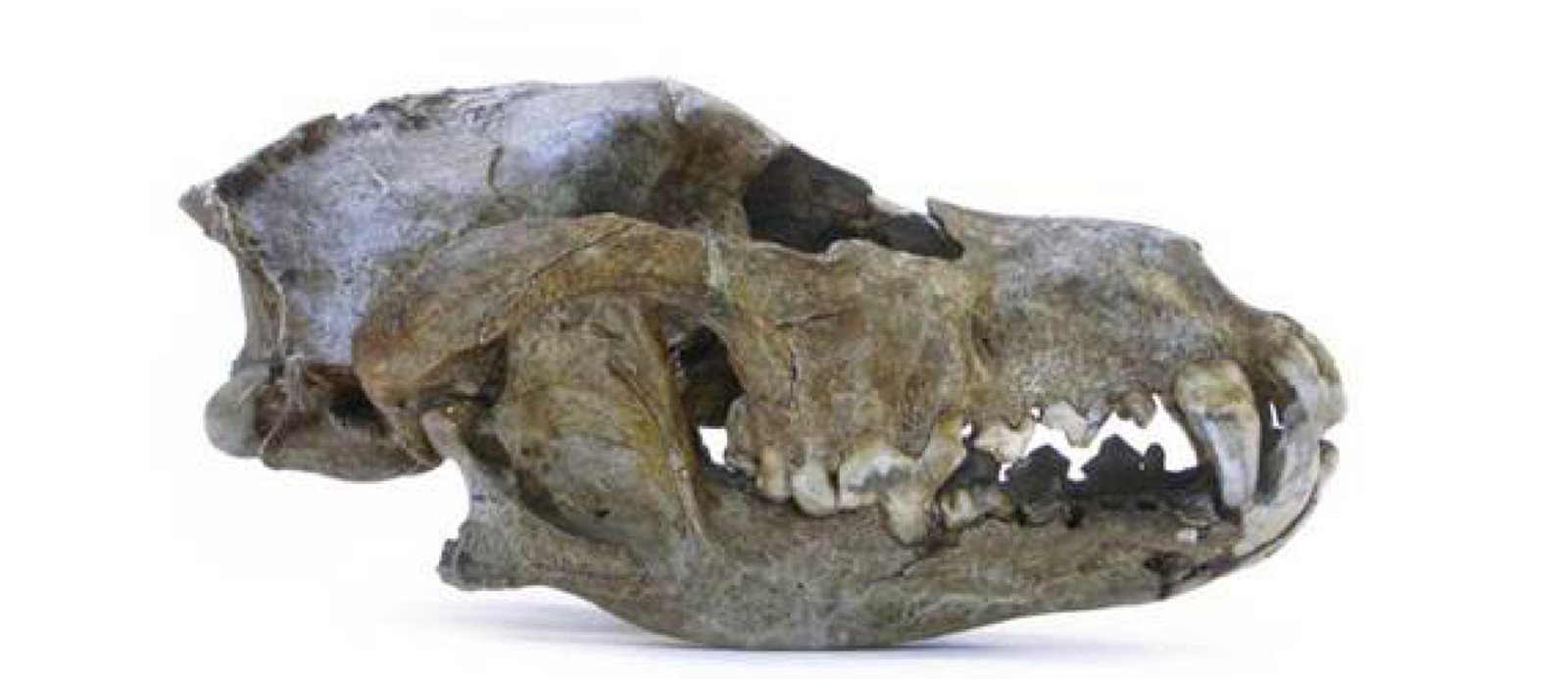
The Dog, Not Only a Furry Friend but Our Adopted Child
Relative to the age of the planet, the dog is a new addition in earth’s menagerie. Charles Darwin initially believed that the dog was a product of the Canis genus, wolf-like animals which included wolves, jackals and coyotes. New DNA information from archaeological digs points to only one progenitor of dogs — the Gray Wolf.

The Gray Wolf
While radiometric testing on dinosaur fossils can trace the life of the dinosaur back 231 million years ago, the oldest remnant of the dog can only be traced back a mere 31,700 years.
In Yuval Noah Hararri’s groundbreaking book Sapiens, Homo Sapiens are pegged at about 70,000 years old. Prideful enough, we named ourselves “the wise ones”, i.e. Sapiens. This was only after we assimilated or replaced the other hominin tribes including Neanderthals and Devisovans.
Life No Longer Lived in the Wild
God made the wolf. Man made the dog. For the purposes of this article, “God” could be the Big Bang or the One or the energies that intelligently designed the universe. There is nothing traditionally heretical about this notion about man creating the dog, either. In Genesis, God commanded Humankind to take dominion over the earth.
Sapiens feared the wolves and wolves feared the Sapiens’ fire. It is posited that when a mother wolf died leaving her cubs unprotected, the Sapiens began to bring the wolf-babes into the circle of fire.

Wolf Cubs Living in Montana
Around this time, the wolf-cubs, raised under the command of Sapiens, began to mutate. Darwin called these ever-so-slight genetic mutations “Sports”. Today, scientists would call them pathological mutations.
This was due, in part, to the young wolves’ response to lives no longer lived in the wild, but under the care and feeding of human hunter-gatherers. They began to develop new traits.
The morphology of breeds would take only ten or so generations. Man would encourage the inner breeding of these mutations. And the mutations were ever so slight. For instance, all smaller dogs carry the IGF1 gene, (the Insulin-like Growth Hormone Factor 1). It is the only significant difference in the genetic make-up between the world’s small dogs and the Gray Wolf.

The Wolf Mother’s Many Children
Sapiens raised, bred, and loved the offspring of the wolves, the animals they had once feared. In my view, this brings the creation of the dog to a gold standard myth : the dog is a result of fear transformed into love. And that is a reassuring in chaotic and confusing times. The transformation reflects the goodness of man’s imagination and discipline.
When we sapiens were hunter gatherers, it is believed that the mutated dogs became helpers and finders of food. Later, when humankind fell under the spell of the aroma of wheat and the agricultural revolution was born , dogs began to be bred into herder dogs to keep their eyes and their short legs on sheep, cattle, and goats.
The discovery of the first dog DNA, different from the Grey Wolf DNA, was found in a cave in Belgium. The dog’s DNA is quantified at 31,700 years ago.

The Oldest Known Skull from a Dog
The Love Hormone
In the recent studies from the University of Helsinki, the new data suggests that, at some point along the way, a physiological bond emerged between humans and their dogs, making their emotional connection even richer.
Every time we look into the eyes of a dog, the hormone, oxytocin is released into our blood stream. It gives we, Sapiens, a sense of warmth and affection.
When a dog sees a human smile, oxytocin is also released into his or her bloodstream. We don’t necessarily need to give Fido or Rover a treat when they do a good deed or trick, the smile, according to the study, is reward enough.
In light of this new information, it is worthwhile looking at this classic moment from Walt Disney’s production of Greyfriar’s Bobby. In it, three-year-old Bobby is rewarded time and again by a smile from his shepherd-master for his obedience.
Feet and Paws in the Chauvet Cave
One of the most touching early evidences of the child-and-dog bond are contained in the famous caves of Chauvet where some of the earliest human art dating back 23,000 years can be found.

Chauvet Wall Painting
In the excavation research, researchers found the footprints of a child, overlayed by the footprints of a dog. By the track marks, the researchers were able to surmise that the dog’s tracks were slightly later than the child’s, i.e. the dog way following the child. Additionally, the excavation revealed low torch-smears on the cave-walls, running adjacent to the foot and paw tracks.
So the child and dog were walking into the dark of a cave, protected by the light of a torch.
This Amazing Legacy
So what does all the science mean? It boils down to this: what we feared we transformed by love and imagination. When we look at a dog, we see the best of us. While we feared her, we did not shirk from the wolf. Instead, we made her wolf-cubs begin to love us.
In my view, this is one of the most sparkling examples of co-evolution. Co-evolution is a word now often used by science. Man and dog grew up together. These newest findings on DNA, oxytocin, and walking together point toward a very positive view of Humankind. With so much divisiveness in our modern world, it is terrific to be able to look at who we were to know who we are.
Culture comes from cultivate : to grow and shape life. Our culture is neither forest nor jungle. Our culture is a garden. And from civilization’s garden, we transformed dark tubers into potatoes that fed the world, and wolves into dogs who every day show us their amazing unconditional love. And when we look at a dog, we see not only a furry friend, but our adopted child.

A Dog’s Eyes Immediately Connect Us to Them







